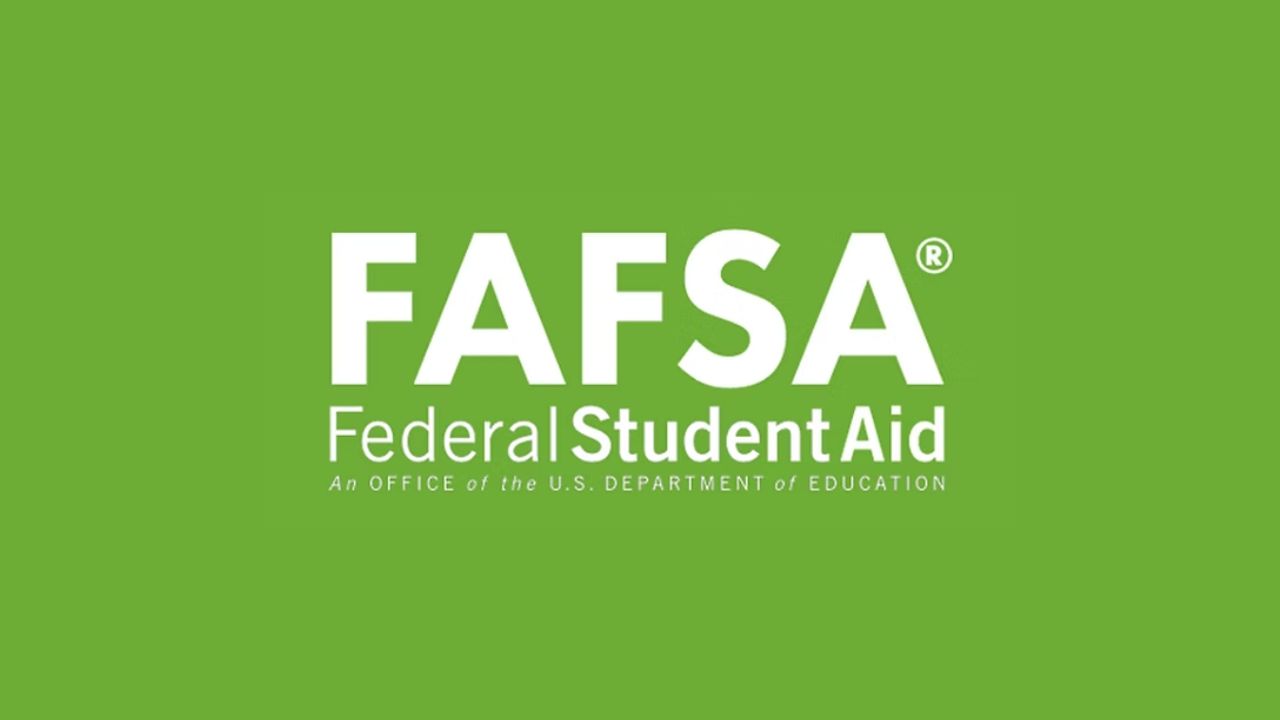Navigating the path to higher education can be financially challenging. To help students across the United States access the support they need, the U.S. Department of Education offers a streamlined system through the Free Application for Federal Student Aid (FAFSA). This article provides a detailed explanation of FAFSA, how to apply, key deadlines, eligibility, and important tips to maximize your chances of receiving aid.
What Is FAFSA?
FAFSA stands for the Free Application for Federal Student Aid. It is the official form used by the U.S. government to determine a student’s eligibility for federal financial aid, which includes:
- Grants
- Work-study programs
- Low-interest student loans
Many states and colleges also use FAFSA data to distribute their own financial aid packages. Completing this form is the first critical step in making college more affordable.
Why FAFSA Matters
Filling out the FAFSA could unlock thousands of dollars in funding for college or vocational training. Even if you think your income is too high to qualify, you should still apply. Many colleges use FAFSA data to offer merit-based scholarships or work-study opportunities that are not solely based on financial need.
FAFSA Deadlines
Meeting the right deadlines is crucial for securing aid. FAFSA has federal, state, and school-specific deadlines. Here are the key federal deadlines:
| Academic Year | FAFSA Submission Deadline (Federal) |
|---|---|
| 2024–25 School Year | June 30, 2025 |
| 2025–26 School Year | June 30, 2026 |
Important: State and college deadlines may be earlier than the federal deadline. It’s highly recommended to check with your institution and apply as early as possible.
Steps to Apply for FAFSA
Here’s a simplified step-by-step guide to completing the FAFSA form:
Step 1: Create Your FSA ID
Before starting the FAFSA form, create an FSA ID at the official website. This ID is used to sign your form electronically and access your financial aid details. It may take up to three days to verify your FSA ID.
Step 2: Gather Required Documents
Collect necessary documents such as:
- Social Security Number
- Federal income tax returns, W-2s, and other records of income
- Bank account statements and records of investments (if any)
- Driver’s license (if applicable)
- Alien Registration Number (for eligible non-citizens)
If you are a dependent student, you will also need the same documents from your parents.
Step 3: Fill Out the FAFSA Form
Visit FAFSA.gov or use the myStudentAid app. Provide your personal and financial information, school preferences, and dependency status. You can list up to 10 colleges or institutions to receive your application.
Step 4: Use IRS Data Retrieval Tool (If Available)
The IRS Data Retrieval Tool allows you to import your tax information directly into the FAFSA, minimizing errors and simplifying the process.
Step 5: Sign and Submit the FAFSA Form
Use your FSA ID to electronically sign and submit the application. After submission, you will receive a confirmation email and a Student Aid Report (SAR) summarizing your FAFSA data.
Understanding Your Student Aid Report (SAR)
Once your FAFSA is processed, you’ll get a SAR. Review it carefully to ensure all details are accurate. If you find any errors, you can make corrections through your FAFSA account.
The SAR also includes your Student Aid Index (SAI), previously known as Expected Family Contribution (EFC). This number helps colleges determine how much financial aid you may be eligible to receive.
Types of Aid You Can Receive
After your FAFSA is reviewed, you may qualify for several types of financial assistance:
1. Federal Grants
- Pell Grants: Based on financial need, do not require repayment.
- Federal Supplemental Educational Opportunity Grant (FSEOG): Awarded by participating schools to students with exceptional financial need.
2. Work-Study Programs
Allows part-time work (on or off-campus) to help cover college costs while enrolled.
3. Federal Student Loans
- Subsidized Loans: For students with financial need; government pays interest while you’re in school.
- Unsubsidized Loans: Available to most students; interest accrues from the time the loan is disbursed.
Who Is Eligible for FAFSA?
To qualify for federal student aid, a student must generally:
- Be a U.S. citizen, U.S. national, or eligible non-citizen
- Have a valid Social Security number
- Have a high school diploma, GED, or recognized equivalent
- Be enrolled or accepted in an eligible program at a participating school
- Maintain satisfactory academic progress
- Not owe a refund on a federal grant or be in default on a federal student loan
Common Mistakes to Avoid
Avoid these frequent errors when completing your FAFSA:
- Missing deadlines
- Entering incorrect Social Security or income details
- Not using the IRS Data Retrieval Tool
- Forgetting to sign and submit the form
- Not applying because you assume you won’t qualify
Even students from higher-income families may qualify for non-need-based aid.
How to Check FAFSA Status
You can track your FAFSA status through:
- FAFSA.gov account dashboard
- The myStudentAid mobile app
- Email confirmation from Federal Student Aid
Be sure to monitor your email and FAFSA portal regularly for requests from colleges or corrections needed.
Stay Safe: FAFSA Is Always Free
The FAFSA application is completely free. Never pay to apply or receive assistance. Only use the official websites and apps:
Your high school counselor or college’s financial aid office can help you fill out the form at no charge.
Applying for FAFSA is a powerful step toward accessing affordable education in the United States. With financial aid opportunities ranging from grants to low-interest loans, students can receive crucial support that makes a real difference. Start early, submit accurately, and make the most of every funding opportunity available.
If you are planning to start or continue your education, don’t delay—apply for FAFSA today and open the door to a better future.







